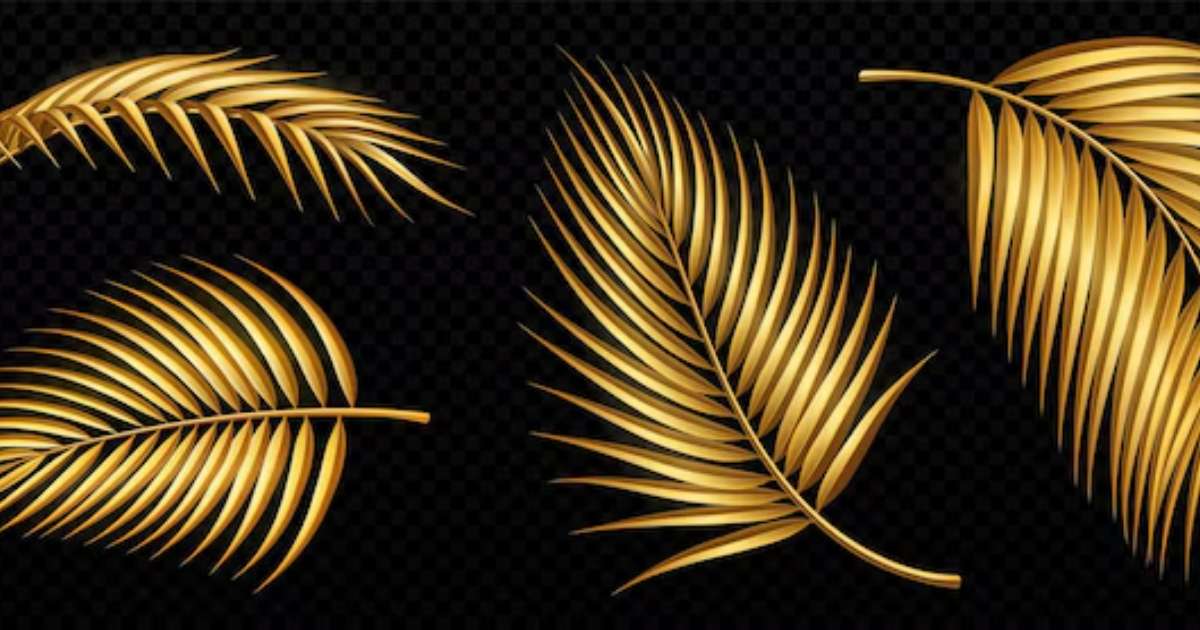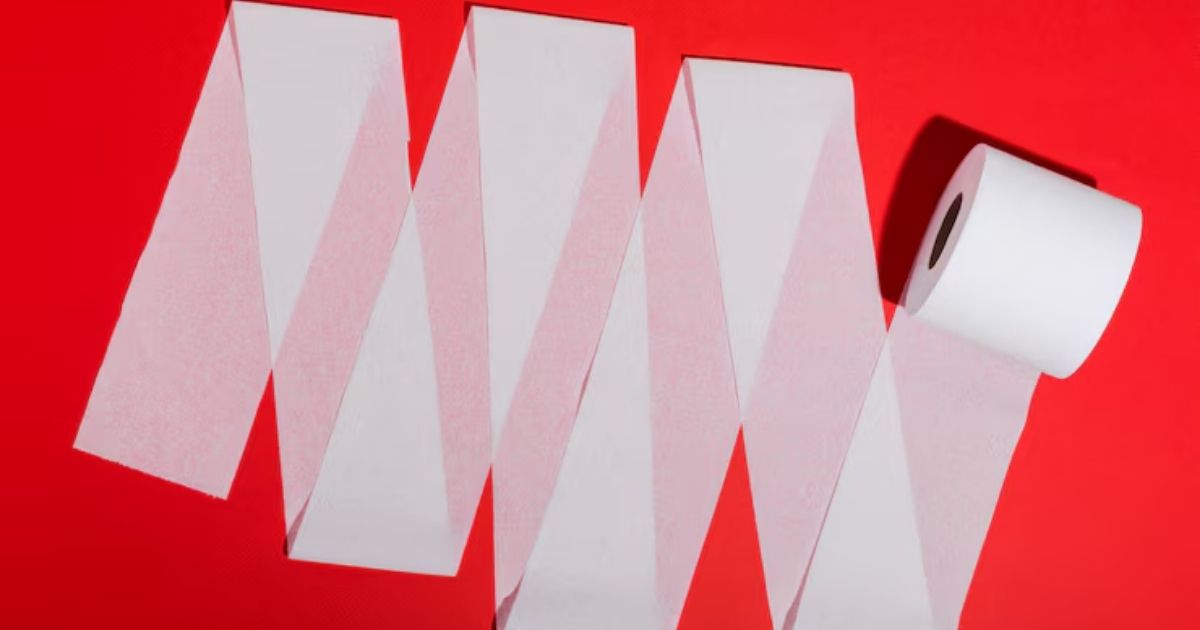Belt sizes for men selection can be perplexing. Many men struggle to choose a belt that looks fantastic and fits properly. Wearing a belt either too tight or too loose compromises comfort as well as fashion. Selecting the ideal belt size calls for a simple understanding of sizing and fit. All of your inquiries regarding men’s belt sizes will be addressed by this guide. We will go over how to find your waist, interpret belt sizing guidelines, and choose the ideal belt for a given event. This page has you covered whether you dress formally or casually.
Belt sizes for men: What Exactly A Simple Synopsis
Grasping Belt Sizes
Men’s belt sizes are the length of the belt determined from the buckle to the most often used hole. Belt style and waist measurements determine different size ranges. Usually measuring inches or centimeters, most belts fit your waist’s circumference. Belts need some extra length to enable overlap and adjustability unlike pants. Your belt size will thus often be one to two inches bigger than your pant size.
Varieties of Belt Sizes
Two primary scaling schemes exist:
- Usually spanning 28 inches to 48 inches or more, Standard Belt Sizes
- Small/Medium/Large: Some belts rely more on broad size ranges than on exact measurements.
Why Appropriate Size Counts?
Wearing the correct belt size enhances the general appearance of your outfit. A too-small belt won’t buckle correctly; a too-big belt will hang awkwardingly. Good size guarantees comfort all day long as well. A belt that fits your jeans accentuates your figure.
Typical Belt Widths
Belt widths differ apart from length as well. Usually measuring just 1 to 1.5 inches, formal belts are rather slim. Wider, between 1.5 and 2 inches are casual belts. Width influences style as well as utility. For jeans and casual clothes, wider belts are preferred; narrower belts look great with suits.
Step-by-Step Guide to Finding Your Perfect Belt Size
Step 1: Measure Your Waist Accurately
Around your waist, where your jeans sit, use a delicate measuring tape. Keep the tape not tight but rather snug. Note this amount in inches or millimeters. The foundation for choosing a belt size is this dimension.
Step 2: Add 1-2 Inches to Your Waist Size
Add one to two inches to your waist measurement since belts fastens with holes and wrap around your waist. Choose a belt measured 35 or 36 inches, for instance, if your waist is 34 inches.
Step 3: Check Belt Size Labels
Usually labeling sizes based on the measurement from the buckle to the middle hole, belt makers Search product tags or descriptions for this number.
Step 4: Consider Your Belt Width and Style
Choose the width depending on the use of the belt. Narrow belts are great for formal events. Wider belts match heavy-duty use and laid-back looks.
Step 5: Try the Belt On, If At All Possible
Try on the belt if at all possible before making purchases. Stuck it on the middle hole. About five to seven inches should separate the tail end from the buckle.
Step 6: Choose the Right Material
Leather belts stretch somewhat over time; consider this. Synthetic and fabric belts might not be as flexible.
Step 7: Reference a Belt Size Chart
See a belt size chart while shopping online. These charts link belt sizes in inches or centimeters to waist measurements in centimeters. They support your decision in confirmation.
Benefits and Consumptions of Various Belt Sizes
Correct belt sizing has advantages like improved fit and a pleasantly in place belt.
- Improved Style: It finishes your clothes without embarrassing grouping.
- Belts the correct size last longer and help to prevent needless tension.
- Comfort: Steers clear of slipping or pinching under wear.
- Correct size enables you use several holes for flexibility.
- Versatility: Well-sized belts fit many kinds of clothes.
- Confidence: A excellent fit accentuates your general appearance.
- Too small wrong belt sizes have disadvantages in terms of buckle difficulty.
- Too large belts seem sloppy and hang freely.
- Wear and Tear: Belts with improper sizing could bend or break early on.
- May cause skin irritation or pain depending on fit.
- Style Problems: An ill-fitting belt throws off an outfit’s harmony.
- Harder to go with some pants or styles.
You might have to replace the belt sooner out of wasted money.
Frequently Asked Questions (FAQs)
Not having a measuring tape, how can I find my belt size?
One could measure a belt they already own. Lay it flat then measure from the buckle to the most often used hole.
Could I wear a belt whose size varies one size either larger or smaller than my waist?
Indeed, for comfort the belt should preferably be 1 to 2 inches bigger than your waist.
Men’s regular belt size is what?
Though waist size and brand affect the size, most men’s belts run from 32 to 44 inches.
What width must a formal belt to have?
For a neat appearance with formal attire, dress belts typically run 1 to 1.5 inches broad.
Do national belt sizes vary?
True. While European measurements usually utilize centimeters, US sizes are expressed in inches. View size charts prior to purchase.
How can I find out whether a belt fits me properly?
The tail stretches five to seven inches past the buckle, and a well-fitting belt buckle sits on the middle hole.
Conclusion
Style and comfort in men depend on an awareness of belt sizes. The correct belt size accentuates your attire and exactly matches your physique. Before you buy, carefully measure your waist, add one inch or two, and review size charts. Remember to think about belt width and style for several events. A well-sized belt finishes your outfit whether formal or laid back.
Selecting the incorrect belt size results in discomfort and looks unpolished. This book will help you avoid typical errors and buy with confidence. Purchasing belts becomes simple and stress-free when one has appropriate understanding.
Make wise investments in long-lasting, well-fitting belts of quality. Your comfort and manner will be much appreciated.
Bonus Points: Additional Advice for Belt Shopping
1. Purchase belts featuring multiple holes
Better adjustability comes from belts with 5–7 holes.
2. Think of reversable belts
They provide one with two color choices, so boosting flexibility.
3. Shoe Colour Match Belt
Formally, it’s traditional to match your belt to your shoes.
4. Look at buckle styles
Simple buckles go well with formal attire; ornate buckles match informal dress.
5. Breakthrough Leather Belts
Wear newly acquired leather belts gradually to soften them without harming.
6. Store Belts Appropriately
For wrinkles, gently hang belts or roll them.
7. Replace Belts as Required
Look for holes, stiffness, or cracks spreading out; repair right away.



